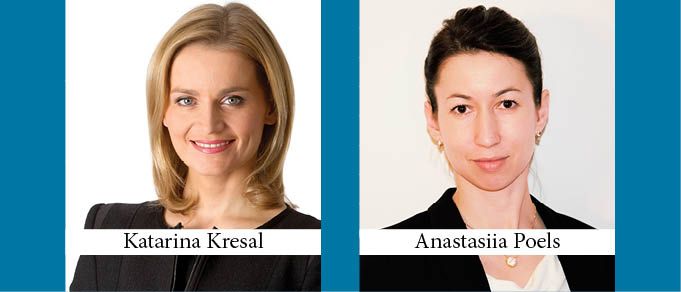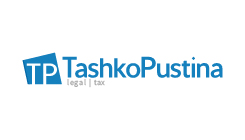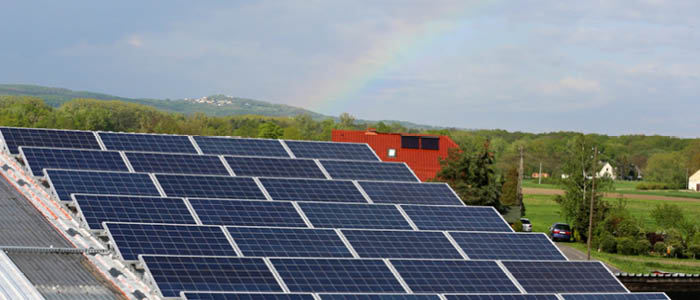In Western Europe, offshore wind farms have been successfully used for a long time. Meanwhile, no power-generating installation of this type is currently operating on the waters of the Baltic Sea under Polish control.
Greece: An Emerging Energy Hub in the SE Mediterranean
Greece has long been a regional energy market. However, drastic changes have been taking place which have the potential to transform Greece to an energy hub in the South Eastern Mediterranean region. The first step was made with the inauguration of the Greek-Turkish gas pipeline at the beginning of the millennium.
Romania May Become One of the Great European Powers in the Energy Sector
Natural Gas: The Road to Becoming a Gas Exporter
Romania has a petroleum history reaching back more than 150 years, as the country was the first to produce crude in the world and the first to build a modern oil refinery.
Energy Performance Contracts in the Slovenian Public Sector
The first recorded energy performance contracting project in Slovenia was carried out in 2002, and was soon followed by a number of other similar projects, notably in the public sector. Thus, energy performance contracts are not a new concept in the Slovenian business sphere, although it was not until 2014 that the country’s newly adopted Energy Act transposed Directive 2012/27/EC on energy efficiency and introduced a comprehensive definition of an energy performance contract.
Upcoming Changes to the Serbian Renewables Support Scheme and Energy Community Involvement
The Serbian Minister for Mining and Energy recently stated that Serbia will manage to fulfill its obligation and reach the target of 27% of total energy consumption from renewables by 2020. The statement followed a stream of positive news in relation to development of several large-scale wind power projects in Serbia, such as Cibuk I, Kovacica, and Alibunar.
The Promising Wind Power Generation Perspectives in Lithuania
The Lithuanian energy sector, like the European Union’s, faces the challenging task of finding an effective and competitive way to transition to clean energy while at the same time ensuring a secure energy supply. Energy efficiency, renewable energy, and prosumers are first priorities.
Renewables – Is Croatia Using Its Potential?
Over the last years, Croatia has produced more electricity from renewable than from fossil sources. The share of renewables in electric energy generation varies depending on hydrological conditions, as the majority of electric energy in Croatia is generated from large hydropower plants.
Striving Towards the Black Gold
The first upscale exploration of oil and gas in Montenegro started in 1914, when King Nikola Petrovic approved the National Assembly’s decision for oil exploration around Lake Skadar. The first well in the area of Crmnica dates back to 1922 – although it produced nothing of significance.
Securitization from a Slovenian Perspective
For the past five years the financial market in Slovenia has been characterized by a process involving the selling of non-performing loan and leasing receivables (“Receivables”), mostly to foreign investors. According to information published by the Bank of Slovenia, Slovenian banks still have approximately EUR 1.5 billion of non-performing loans on their balance sheets, and we expect to see more of these loans being sold in the next two years.
Investing in Slovenia: Russia in Focus
Of the former Yugoslavian countries, Slovenia was the least penetrated by Russian businesses – a result of mutual caution on both sides.
Bankruptcy in the Spotlight in Serbia
The past decade was rather dynamic in terms of the development of the legal framework for bankruptcy in Serbia, as, since its adoption in 2009, the Bankruptcy Law has undergone several amendments, most recently in late 2017, designed to improve the efficiency of the bankruptcy proceedings.
Geographical Indications of Origin in Serbia: Where the Past Fuels the Future
Geographical indication of origin, this very peculiar form of industrial property protection, has undergone a revival phase over the past few years, becoming omnipresent not only within natural circles of interest, but also amongst the Serbian public at large.
Montenegrin Law on Capital Market: New Law to Support Investors?
Montenegro, being a small country, is characterized by rapid modifications and changes in its business and financial environments. The new Montenegrin Law on the Capital Market (the “Law”), which came into force at the very beginning of 2018, is designed to create and develop a consolidated financial background, and represents the first attempt to introduce a systematic regulation in this domain to support investors and efficiently protect their interests.
Croatian Law on Nullity of Loan Agreements with International Character
Back in the 2000s, the conditions for getting a loan from a Croatian bank were quite strict and complicated. Beside a good credit rating, the banks were asking for a number of securities: mortgages, guarantors, etc. Recognizing that as a good business opportunity, many foreign financial institutions (primarily banks and leasing companies, but also financial cooperatives) decided to enter Croatian market.
Venture Capital Structures in Bulgarian Start-Ups
Venture capital investments in Bulgarian start-ups are on the rise, and modern legal structures such as share option plans and convertible notes can, if local law peculiarities are taken into account, be applied in the country.
Significant Interest and Activity in the Hungarian Start-Up Ecosystem
The last 18 months have seen significant interest and activity in the Hungarian start-up ecosystem.
Share Swaps and Share Contributions Still Hampered by Romanian Authorities
One of the most controversial parts of corporate reorganization operations planning in Romania involves the use of share capital contributions or share swaps as a means to transfer company control – operations that fall into a legislative and administrative grey area.
Electronic Documents: Will They Prevail or Exist in Parallel With Hard-Copy Documents?
In this era of digitalization, where legal frameworks around the world are rapidly changing to cope with revolutionary developments in the IT sector, the Serbian Government is following a similar path. Serbia is in the EU accession process and is thus obliged to harmonize its legislation with EU laws. One such law is EU Regulation No. 910/2014 on electronic identification and trust services for electronic transactions in the internal market (the “Relevant EU Regulation”).











































